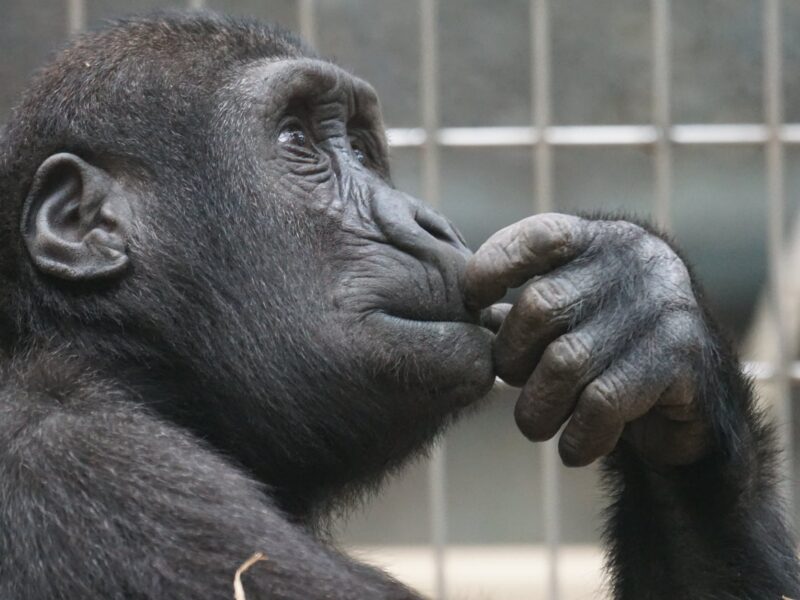Well, clearly not safe enough to deal with a high-riding tractor trailer at freeway speeds, yet. Media reports suggest a self-driving Tesla (on “autopilot”) was involved in a fatal crash a couple of months ago. While all the details about the circumstances of the crash will probably not become available until after a full NHTSA inquiry, what appears to be known at this point is 1) the car was in self-driving mode immediately prior to the crash, 2) the driver was either not paying attention to traffic or didn’t have sufficient time to respond to danger, and 3) the car’s self-driving feature was unable to avoid a crash.
Initial reactions from Tesla suggest the car was unable to detect the white-colored high-riding tractor trailer against bright sunlight. As a result, the car ended up underneath the trailer, at freeway speeds. As unlikely as the circumstances might be, an owner of a self-driving car would be fair to expect the car to detect and protect against such accidents. Dramatically higher levels of safety I think would be critical to catalyze adoption of self-driving cars. Conversely, without the promise of enhanced safety, self-driving cars risk being viewed as (expensive) toys – not quite the recipe for mass-scale transformation. To be fair, Tesla may claim to have provided necessary warnings or disclaimers to users of its auto-pilot feature; and owning a self-driving car should probably not be viewed as a license to practice unsafe traffic behavior (such as watching a movie instead of paying attention to traffic, in Tesla’s case). But the unfortunate crash will still be used by industry participants in making the case for higher safety and conservatism as prerequisites for bringing self-driving cars to market.
Take BMW for example. Together with partners Intel and Mobileye, BMW today reiterated its commitment to delivering self-driving cars “in serious production” by 2021, acknowledging that the technology is not quite ready today (the playback stream from today’s live event hosted by BMW is included above). Ironically, Mobileye also provides its vision-based advanced driver assistance system (ADAS) to Tesla. Nvidia is another technology provider to Tesla. So a technology solution that is deemed ready by one car maker today, may not necessarily be qualified by another, for five more years. This does not necessarily mean BMW is ahead or better in this space, just that it will probably be held to higher standards of safety than Tesla got away with. Intel CEO Brian Krzanich noted that 90% of all traffic accidents occurring today are caused by driver error, and that accidents like these cost the world ~$870 billion every year. So there is certainly a large-enough economic incentive to take action.
BMW, Intel and Mobileye also announced they were creating an open platform for self-driving car, to help technology standardization efforts, which in turn would help regulators around the world set appropriate guidelines for self-driving cars hitting the streets. The Intel CEO compared this effort to standards efforts that Intel has led in the computing space for decades, noting that car safety has turned into a compute problem (rather than an automotive problem). And the BMW CEO acknowledged that BMW was ready to become more of a technology company.
I continue to collaborate with Counterpoint Technology Market Research to develop detail reports on the topic of self-driving car. Judging from the consulting requests I am receiving, I am even more convinced that self-driving car will probably be the most important transformative dynamic that we will witness for the next decade and beyond.
THIS ARTICLE IS NOT AN EQUITY RESEARCH REPORT.
Disclosure: As of this writing the acteve Model Portfolio did not hold any positions in BMW, TSLA, MBLY or NVDA, but held long positions in GOOG, INTC, AAPL and MSFT.
Additional Disclosures and Disclaimer

